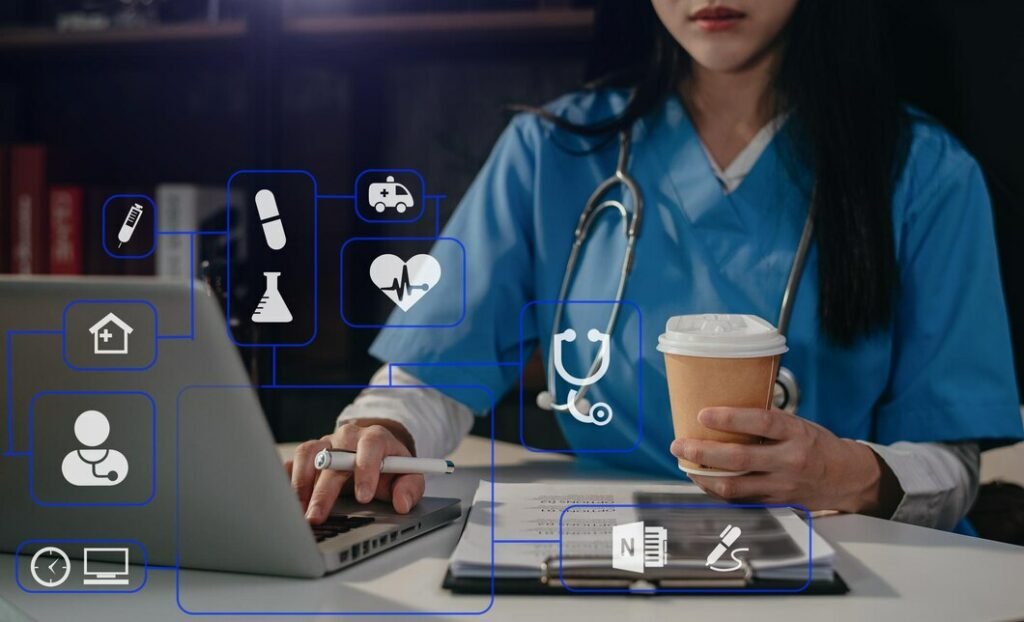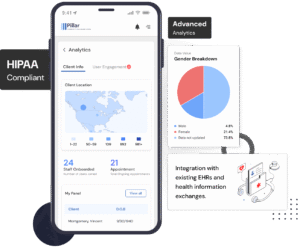Urgent care centers play a vital role in modern healthcare by bridging the gap between emergency departments and primary care. However, as demand for quick and convenient medical services grows, managing patient flow becomes increasingly challenging. Long wait times, patient dissatisfaction, and administrative bottlenecks can severely impact the efficiency and reputation of these facilities.
This article explores how one urgent care center successfully tackled these challenges by implementing strategic changes in workflow, technology, and staff coordination. The case offers valuable lessons for healthcare administrators seeking to streamline operations and enhance patient care.
Identifying the Problem
The urgent care center in question, located in a busy suburban area, was experiencing significant issues with patient wait times and overcrowding. Patients often waited over an hour to be seen, leading to dissatisfaction and, in some cases, patients leaving before receiving care. Staff reported feeling overwhelmed during peak hours, and the administrative team noticed that follow-up appointments and data entry were frequently delayed.
After analyzing internal reports and gathering patient feedback, the leadership team realized that the root of the problem wasn’t simply a high patient volume. Instead, the inefficiencies stemmed from disorganized workflows, poor time management, and an outdated patient tracking system.
Streamlining Check-In and Triage
One of the first improvements made was to streamline the check-in and triage process. The center introduced digital kiosks at the entrance where patients could input their basic information, reason for visit, and insurance details. This reduced the need for front-desk staff to handle every registration manually, speeding up the intake process.
Simultaneously, a nurse triage protocol was implemented to prioritize cases based on severity. Patients with less urgent concerns were informed of longer wait times, while those with more pressing needs were expedited through the system. This helped balance workloads and ensure critical cases received timely attention.
Implementing Real-Time Tracking
A significant breakthrough came with the introduction of real-time patient tracking software. This system allowed staff to monitor each patient’s progress through various stages—check-in, triage, consultation, testing, and discharge. By having access to real-time data, staff could identify bottlenecks as they occurred and take immediate corrective action.
For example, if several patients were waiting on lab results at the same time, the center could allocate extra lab resources to handle the surge. This visibility also helped reduce idle time between stages, making the entire patient journey more efficient.
Enhancing Staff Coordination
Effective patient flow relies heavily on coordinated teamwork. The center adopted a “zone coverage” model, assigning staff to specific areas (triage, examination rooms, lab, etc.) during each shift. This ensured that responsibilities were clearly defined and reduced delays caused by overlapping tasks or miscommunication.
Regular team huddles were scheduled at the beginning of each shift to discuss expected patient volume, staffing levels, and any special cases. This practice helped build a more proactive environment and ensured that everyone was aligned on daily goals.
Introducing a Centralized Dashboard
To further improve oversight, a centralized dashboard was installed in the nurse station and administrative office. The dashboard displayed real-time metrics such as average wait times, number of patients in each zone, provider availability, and lab turnaround times. With this information easily accessible, supervisors could make quick decisions, such as calling in additional staff or redistributing the current workload.
Over time, this data also helped the center forecast peak hours and plan staffing schedules accordingly. For example, weekends and weekday evenings saw the highest patient volumes, so additional physicians and nurses were scheduled during these times.
Embracing Appointment Scheduling
While walk-ins are the norm in urgent care, the center introduced limited same-day appointment slots through an online booking system integrated into their Clinic Management Software. This allowed patients with less urgent concerns to choose a specific time window for their visit, helping the clinic better distribute patient arrivals throughout the day.
The online system also enabled patients to fill out forms before arriving, reducing paperwork delays at the clinic. As a result, overall wait times decreased, and patient satisfaction scores improved.
Measuring the Results
Within six months of implementing these changes, the center reported a dramatic improvement in patient flow and overall performance:
- Average patient wait time dropped from 65 minutes to under 30 minutes.
- Patient satisfaction scores improved by 40%, as recorded in post-visit surveys.
- Staff productivity increased, with fewer reported cases of burnout or overtime.
- Patient retention improved, with more individuals choosing the center for repeat visits.
These results validated the importance of using a multi-faceted approach to patient flow—one that combines technology, clear protocols, and teamwork.
Key Takeaways for Other Clinics
The experience of this urgent care center offers several key lessons for healthcare providers:
- Technology matters: Real-time tracking and centralized dashboards provide visibility that helps anticipate and respond to problems quickly.
- Front-end improvements reduce back-end pressure: Streamlined check-in and triage help prevent patient pile-ups later in the visit.
- Clear roles and communication build efficiency: Defined staff zones and daily huddles foster smoother collaboration.
- Data drives decisions: Tracking and analyzing performance metrics support smarter planning and staffing strategies.
Conclusion
Improving patient flow in urgent care settings is essential not only for operational efficiency but also for delivering high-quality, timely care. Through a combination of digital tools, including a robust Clinic Management System, workflow restructuring, and team alignment, the urgent care center featured in this article significantly enhanced its performance. As healthcare demands continue to rise, these practical strategies can serve as a model for clinics seeking to reduce delays, boost satisfaction, and ensure better outcomes for every patient who walks through their doors.







